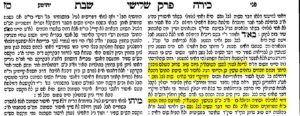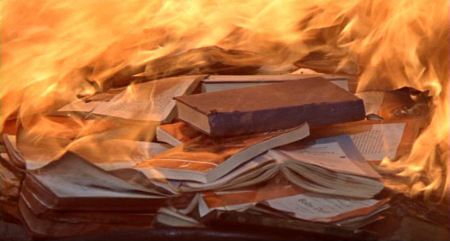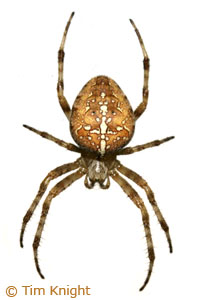Beitza 24a
1- Our Mishna discusses details regarding trapping on Yom Tov.
A contradiction is noted: Our Mishnah permits trapping wild animals and birds on Yom Tov and a Baraisa prohibits it.

The contradiction concerning wild animals is resolved by distinguishing between R’ Yehudah and the Rabanan’s position.

Rabbah bar R’ Huna resolves the contradiction regarding birds by distinguishing between a large enclosure and a small enclosure.

R’ Ashi offers two ways of defining a large enclosure and a small enclosure.
2- Why is trapping on Yom Tov prohibited? If igniting a fire and cooking for the purpose of eating is permitted then trapping should be allowed as well!
We discussed the opinions of Rashi and Tosfos in regard to the general concept of what ‘melachos’ are permitted to be performed on Yom Tov. We discussed this at an earlier Shiur.
tosfos, beitza 3a, Rabbeinu Nesanel
3- Our Gemara mentions a bird called Dror describing it “a bird that does not accept discipline”. Meaning that it is hard to catch even if it is in a closed room.

4- We discussed the rather testy machlokes between the Shach and the Taz regarding the Kashrus of this mysterious bird.
Whereas the Taz emphatically states that it is Kosher since that is the fowl used by a Metzora of which the Posuk describes as ‘צפרים טהורות’, the Shach argues that the Dror Bird is a generic name for free-flying birds and that some are Kosher while others are not.
The Shach, based of the Radak identifies the Dror as a אירונדלא bird.
Fallow bird perhaps?

למעשה קיימת מסורת רציפה של אכילת הדרור בקהילות ישראל עד לאמצע המאה העשרים, בשל תפוצתו הנרחבת של העוף וזיקתו למשכנות האדם. זמינותו עשתה אותו לעוף מאכל שקל להשיגו, בעיקר בחברות מסורתיות, או בקרב עניים, שנהגו לנצל כל מקור מזון אפשרי. מסורת זו תועדה בין היתר במזרח אירופה, באיטליה, באנגליה, במרוקו, בתימן ובארץ ישראל. בעיר ליוורנו העיד על כשרות הדרורים השו”ב י. הכהן בספרו “זבחי כהן” (י”ל בשנת 1832). הוא מנה את הדרור (Passera) בתוך רשימה של 30 מיני עופות בעלי מסורת טהרה בתוספת ציורים המתארים אותם (תמונה 4). בחברות שפע פחת השימוש בדרורים לאכילה, עד אשר עלה החשש לאבדן רציפות המסורת. בעקבות זאת, התפשט מנהג בחלק מקהילות גרמניה לשחוט את הדרור בפרהסיה לשם שימור המסורת לדורות הבאים (ראו כאן עדות מצולמת). בימינו התחדש המנהג לשימור מסורת העופות הכשרים והוא מתקיים מדי פעם ב”סעודות המסורת“. ראו סקירה נרחבת של מסורת כשרות הדרור בספרו של ז. עמר, ‘מסורת העוף’, נווה צוף, ה’תשס”ד (עמ’ 69-87).
Freedom bird: https://www.ijn.com/the-bird-not-the-bell/
(The views shared by some of the cited sources does not necessarily reflect the views or opinions of Shiur Points and shall not be misconstrued as an endorsement of views, opinions, or any other content from cited sources. Ed.)

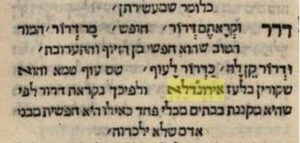


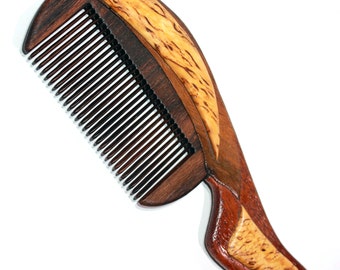



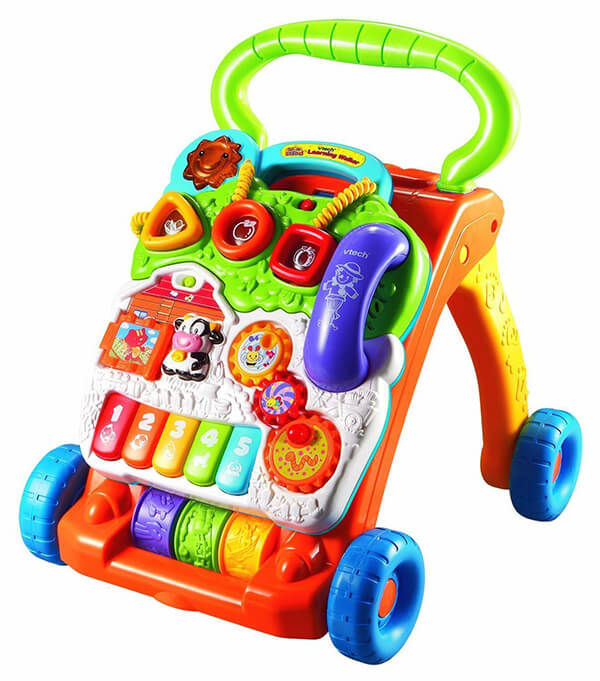





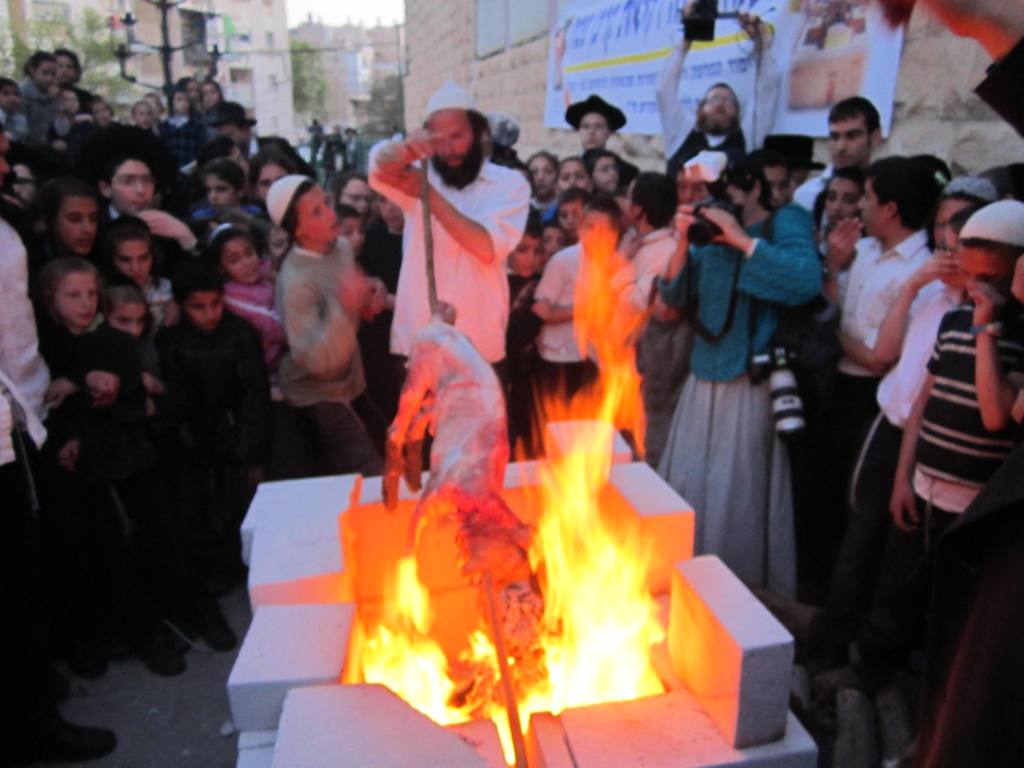
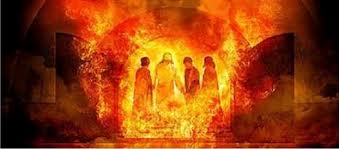

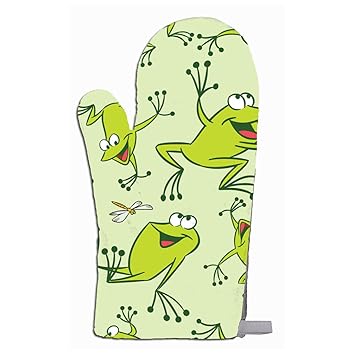
 when in fact he owned many.
when in fact he owned many. 
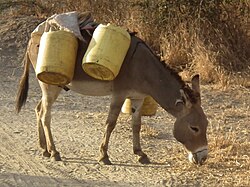

)

